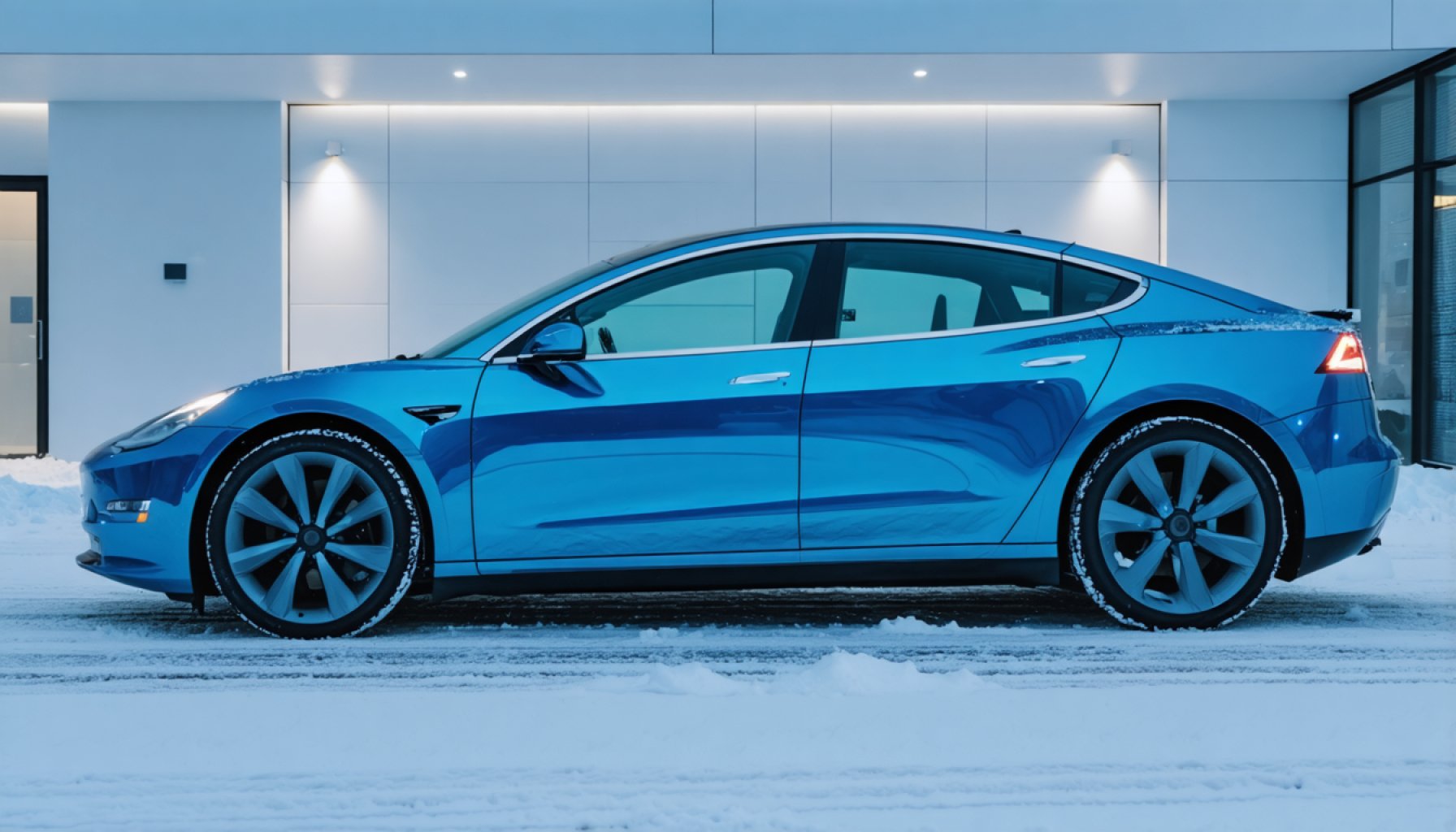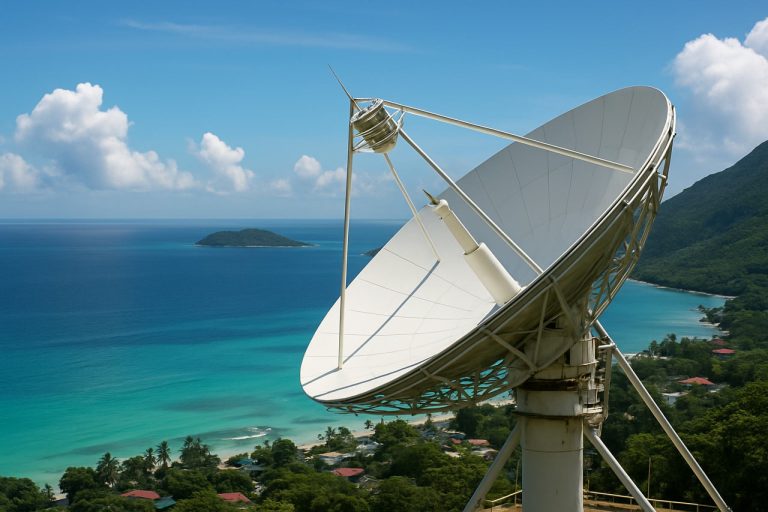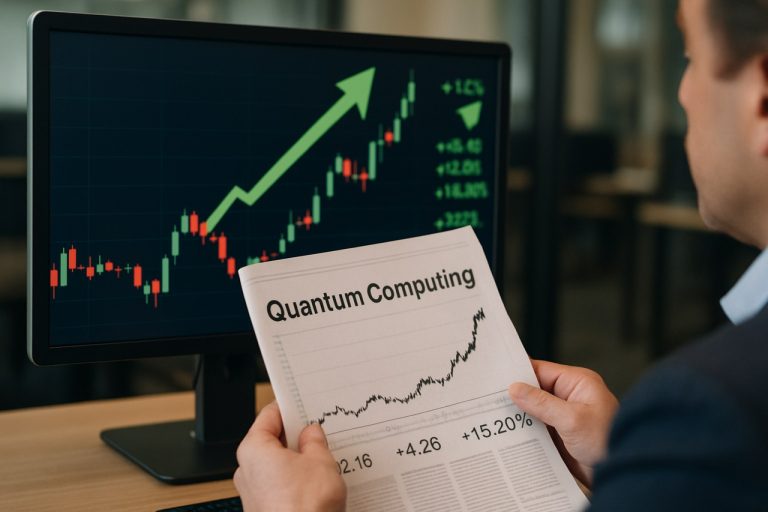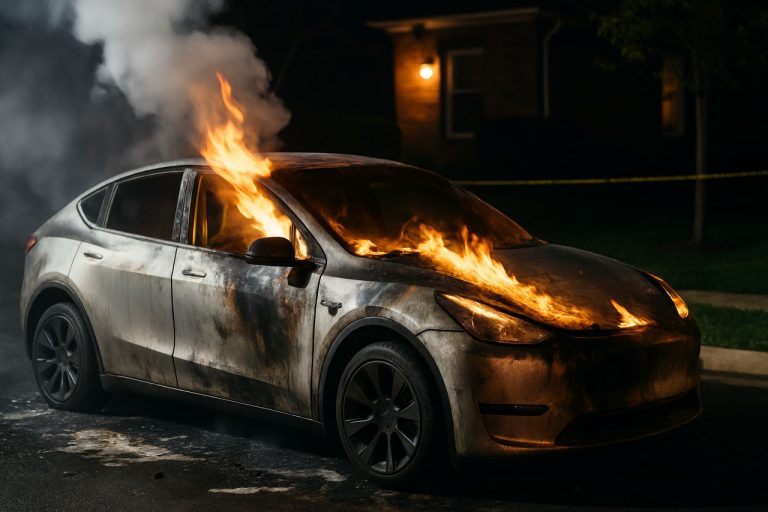
- U.S. researchers have developed a lithium-ion battery that can charge quickly, even in temperatures as low as -10°C.
- Innovation centers on a 20-nanometer LBCO glassy solid electrolyte coating, enhancing lithium-ion movement and enabling rapid charging in cold conditions.
- This breakthrough allows electric vehicles to maintain approximately 70% capacity in sub-zero temperatures, compared to the traditional drop to 20%.
- The technology integrates seamlessly with current production processes, avoiding costly factory overhauls.
- Remarkable test results show battery capacity retention above 90% after 100 rapid-charge cycles, outperforming previous solutions.
- This advancement mitigates the impact of cold weather on electric vehicle performance, enhancing convenience and expanding the viability of electric transportation globally.
In a groundbreaking stride towards revolutionizing electric vehicle technology, scientists in the United States have crafted a lithium-ion battery designed to shatter the limits of cold-weather charging. This advancement, birthed at the University of Michigan and primed to reshape the EV landscape, promises swift charging even in the chill of minus 10°C.
Imagine cruising into a snow-draped parking lot, plugging in your electric vehicle, and grabbing a coffee. By the time you return, just 10 minutes later, your car is fully charged and ready to tackle the icy roads. Welcome to the future of electric driving, courtesy of Arbor Battery Innovations.
The challenge of ensuring rapid charging in the cold has long haunted the realm of electric vehicles. Traditional batteries falter as frigid temperatures slow the movement of lithium ions, trapping power within the constraints of sluggish chemistry. Until now, solutions often demanded complex overhauls of battery architectures or the acceptance of slower charging times in sub-zero climates.
Enter the innovation: a thin, glassy veil blanketing the battery—the miracle worker is a glassy solid electrolyte coating known as LBCO. At a mere 20 nanometers thick, this coating emboldens lithium ions to stream seamlessly, unhindered by the harsh grip of cold, much like an invisible superhighway that defies the worst of winter’s wrath.
Andrew Davis, the visionary CEO of Arbor, asserts the elegance of the solution lies in its compatibility with existing production methods. No new chemistries, no factory overhauls—just an ingenious path to the future that fits like a bespoke glove into the battery plants of today.
The results are startling. The pioneering research focused on testing various battery models, with a hybrid design leveraging both the glass coating and a laser-patterned electrode proving triumphant. This combination yielded capacity retention exceeding 90% after 100 rapid-charge cycles, a feat previous methods failed to achieve under the harsh bite of the elements.
This discovery not only eradicates the energy bottlenecks caused by cold climates but redefines what consumers can expect from their vehicles’ performance. While old batteries would balk and drop to a mere 20% operational capacity, this new iteration sings at a steady 70% capacity, even when challenged by the harshest conditions.
As this technology winds its way from labs to the production line, the implications are profound. Electric vehicles will no longer be held hostage to the whims of weather, paving the road for more consistent use regardless of the mercury’s whims. This advancement not only promises convenience but propels the viability of electric transport as a universal solution, even in the world’s coldest corners.
As the industry stands on the cusp of this transformation, the message is clear: the future isn’t just warm; it’s electrifying and swift.
This Innovation Could Change the Electric Vehicle Industry Forever!
Breaking Down the Cold Weather Barrier in Electric Vehicles
The continual evolution of electric vehicle (EV) technology is being heralded by a revolutionary breakthrough from the University of Michigan, promising to redefine cold-weather charging. This breakthrough involves a lithium-ion battery innovation that overcomes the perennial challenge of slow charging in frigid environments. Developed by Arbor Battery Innovations, this advancement leverages a 20-nanometer-thick glassy solid electrolyte coating known as LBCO, enabling rapid charging at temperatures as low as minus 10°C.
Key Features and Benefits
– Glassy Solid Electrolyte Coating (LBCO): This ultra-thin layer acts like a superhighway for lithium ions, allowing them to move unhindered by cold temperatures.
– Compatibility with Existing Production: The coating can be applied without altering current manufacturing processes, enabling seamless adoption across existing battery production lines.
– High Capacity Retention: The new battery design maintains over 90% capacity after 100 rapid-charge cycles, even in cold conditions, compared to traditional batteries that drop to as low as 20%.
– Improved Performance: Even under harsh conditions, the new technology maintains up to 70% capacity, ensuring reliability and efficiency.
Real-World Use Cases
This technological advancement will be especially beneficial for regions with harsh winters, where EV performance is traditionally hindered. By maintaining performance in sub-zero temperatures, the innovation ensures that drivers in such climates can benefit from the same efficiency and speed of charging experienced in warmer conditions.
Industry Trends and Market Forecasts
The global EV market is expected to continue its rapid expansion, driven by technological advancements like these. According to reports, the market size of EVs is projected to reach USD 802.81 billion by 2027, growing at a compound annual growth rate (CAGR) of 21.6% from 2020 to 2027 (Source: Allied Market Research).
Reviews & Comparisons
Compared to traditional lithium-ion batteries:
– Speed: The glassy coating significantly improves charging speed in cold temperatures.
– Durability: Prolongs battery life through enhanced capacity retention.
– Sustainability: Reduces energy waste often associated with slower, less efficient charging in the cold.
Pros and Cons Overview
Pros:
– Rapid charging ability in cold climates.
– High compatibility with existing battery production.
– Enhanced battery life and performance.
Cons:
– As with any new technology, the initial cost may be higher until economies of scale are achieved.
– Long-term environmental impact of the new materials used in the coating needs thorough examination.
Actionable Recommendations
For consumers and manufacturers eager to embrace this technology:
– Consumers: Look for EV models that incorporate the latest battery technologies for improved winter performance.
– Manufacturers: Explore partnerships with research institutions like the University of Michigan to integrate cutting-edge advancements into new vehicle models.
Insights and Predictions
The development of these advanced lithium-ion batteries is just one step in the future of battery technology, with further innovations anticipated in solid-state batteries and other sustainable solutions. As technology advances, we can expect further reductions in charging times and improvements in battery longevity, making EVs even more attractive to consumers worldwide.
Related Links
For more information on innovations in the automotive industry, visit Automotive World.
—
By bridging the gap between current limitations and future possibilities, this new battery technology is set to warm up the coldest corners of the electric vehicle market. As these innovations transition from the lab to the road, we’re not just looking at improvements in convenience and usability but at a major leap toward a more sustainable and electrified future.



